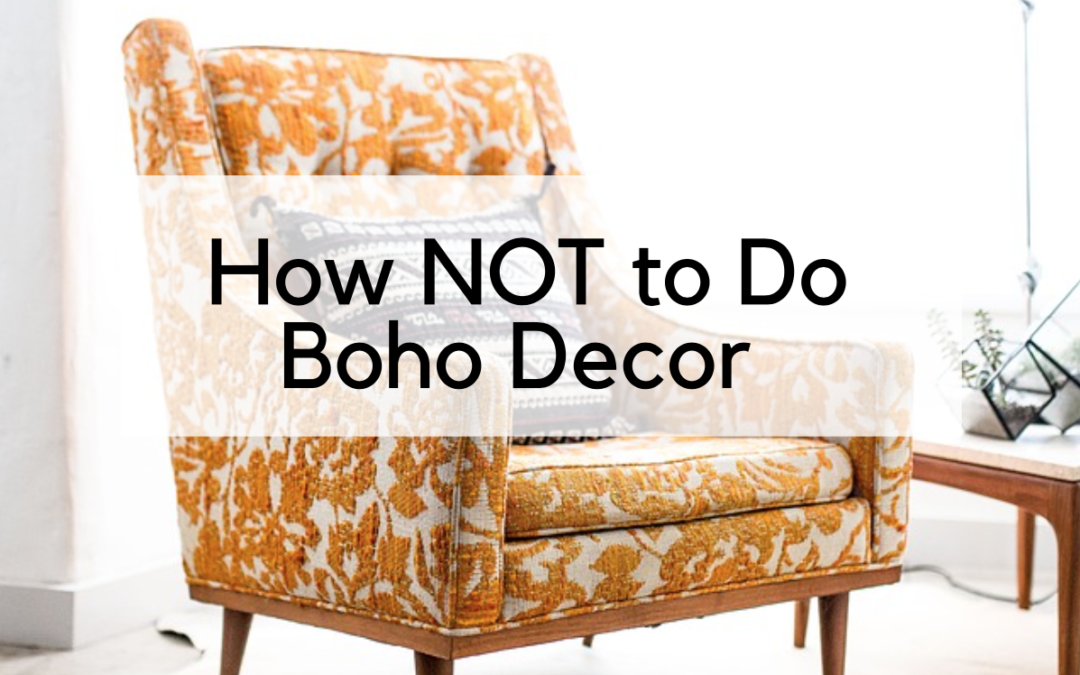Boho chic stylings emerged in the 80s as a nod to the distinct counter-cultural aesthetics of the 60s and 70s, and have grown in popularity since. It drew from the tree-huggers and brought in some pre-Raphaelite and global art history influences. That was pretty neat.
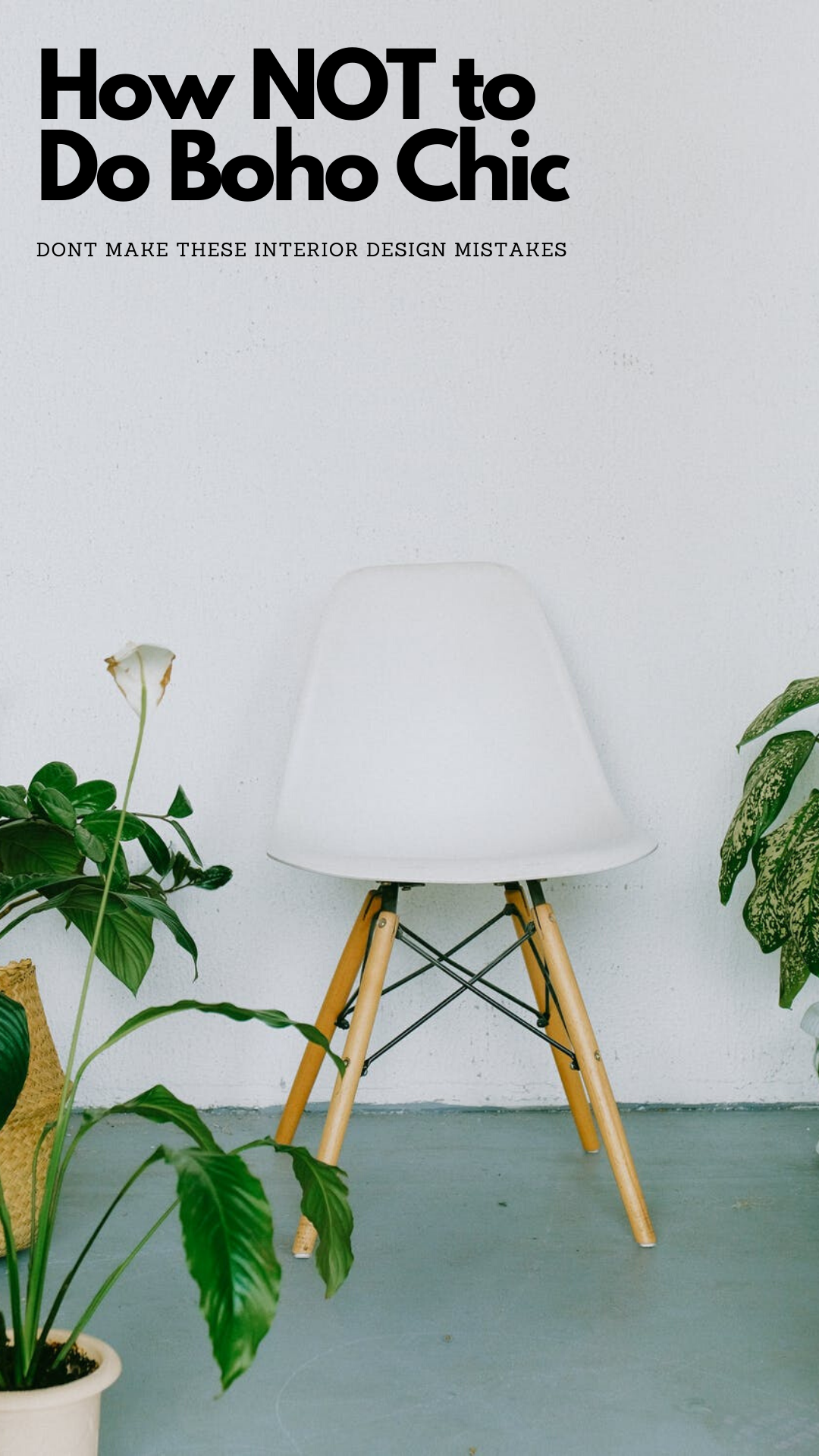

To be boho chic meant to be earthy and traveled, but with just the essentials. It occupied the space where ultra-modernism diverged from minimalism and called for some traditional and vintage pieces. Boho chic is an inherently contradicting style that reflected both provincial history (the boho part) and sophistication (the chic part). When done right, it’s awesome, but it’s just SO easy to get wrong.
Keep Your Boho Spaces Chic
Lately, when it comes to fashion and home decor, boho chic has started to resemble horderdom. It has dissolved into the exact opposite of its original intention. It’s now becoming unkempt and conflated with maximalism in the most undeliberate of ways. For a style based on free love, uniqueness, and a rejection of material possessions, you have to admit it’s kind of ironic it’s being packaged and sold to the masses in big box stores around the country.
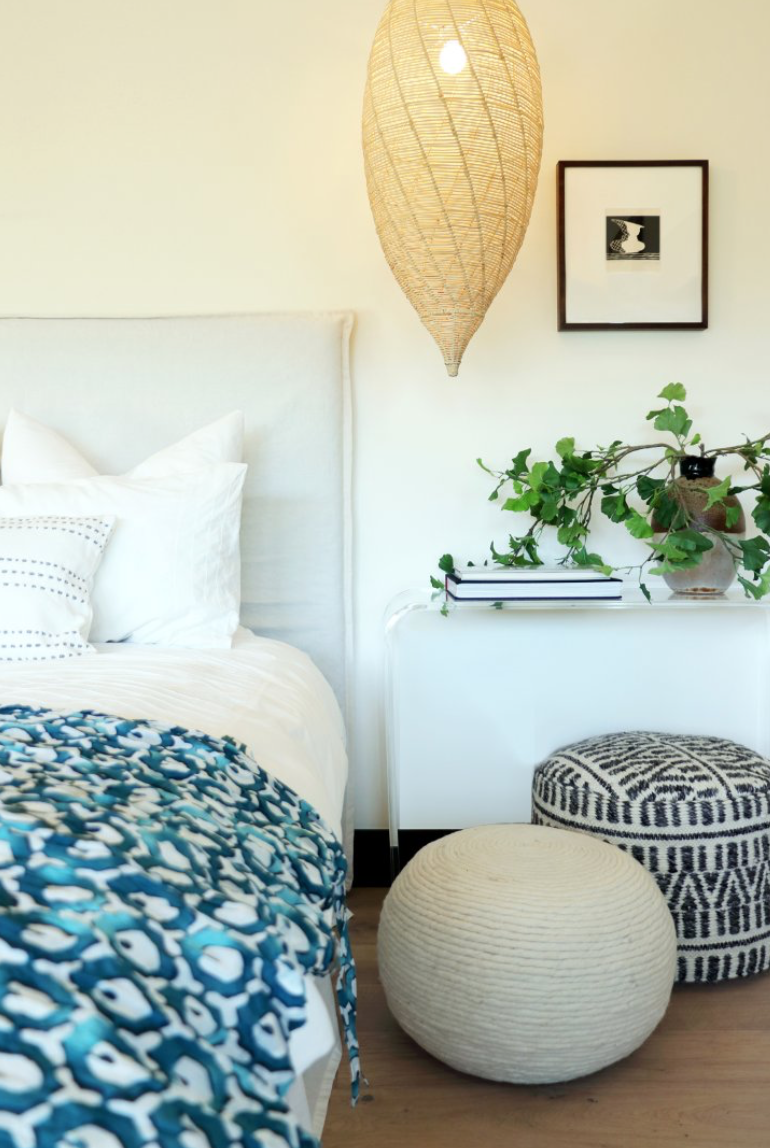
Don’t get us wrong–we love layered global patterns, nature-inspired spaces, and some throwback decor as much as anyone, but this is one style that is so easy to get wrong when you lose the element of authenticity. Read on for the ways we see the bohemian style derailing, along with tips to keep your boho spaces chic and from devolving into clutter chaos. To get started, here are some of my personal boho chic decor favs inspired by a recent trip to Morocco:
It’s a Jungle In Here!
One or two house plants is fine– great even! We all know there numerous benefits of having some fresh foliage around the house. It’s a wonderful idea to add a little life and it improves the air quality.
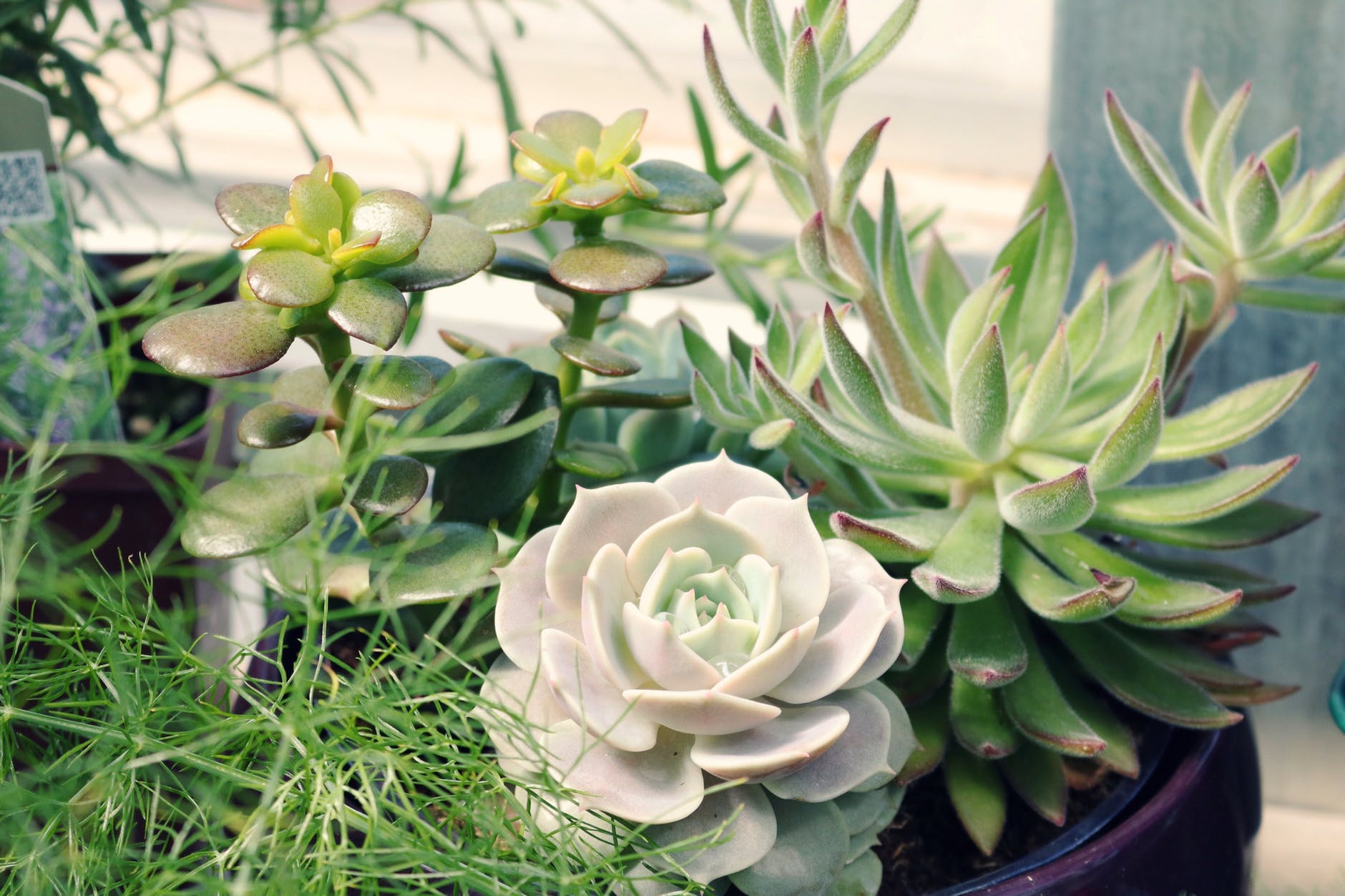
But too often, it’s become trendy to make boho interiors indistinguishable from the exteriors by turning them into greenhouses or jungles covered wall to wall in plants. Your home is not a botanical garden. It is not where the bugs live, it is where the people live.
A Little Too Eclectic
Eclectic collections are fine, especially if your items spark joy and inspiration every time you look at them, but organization is key. Keep collections pared back and focused on sustainable items, rather than cheap dust collectors.
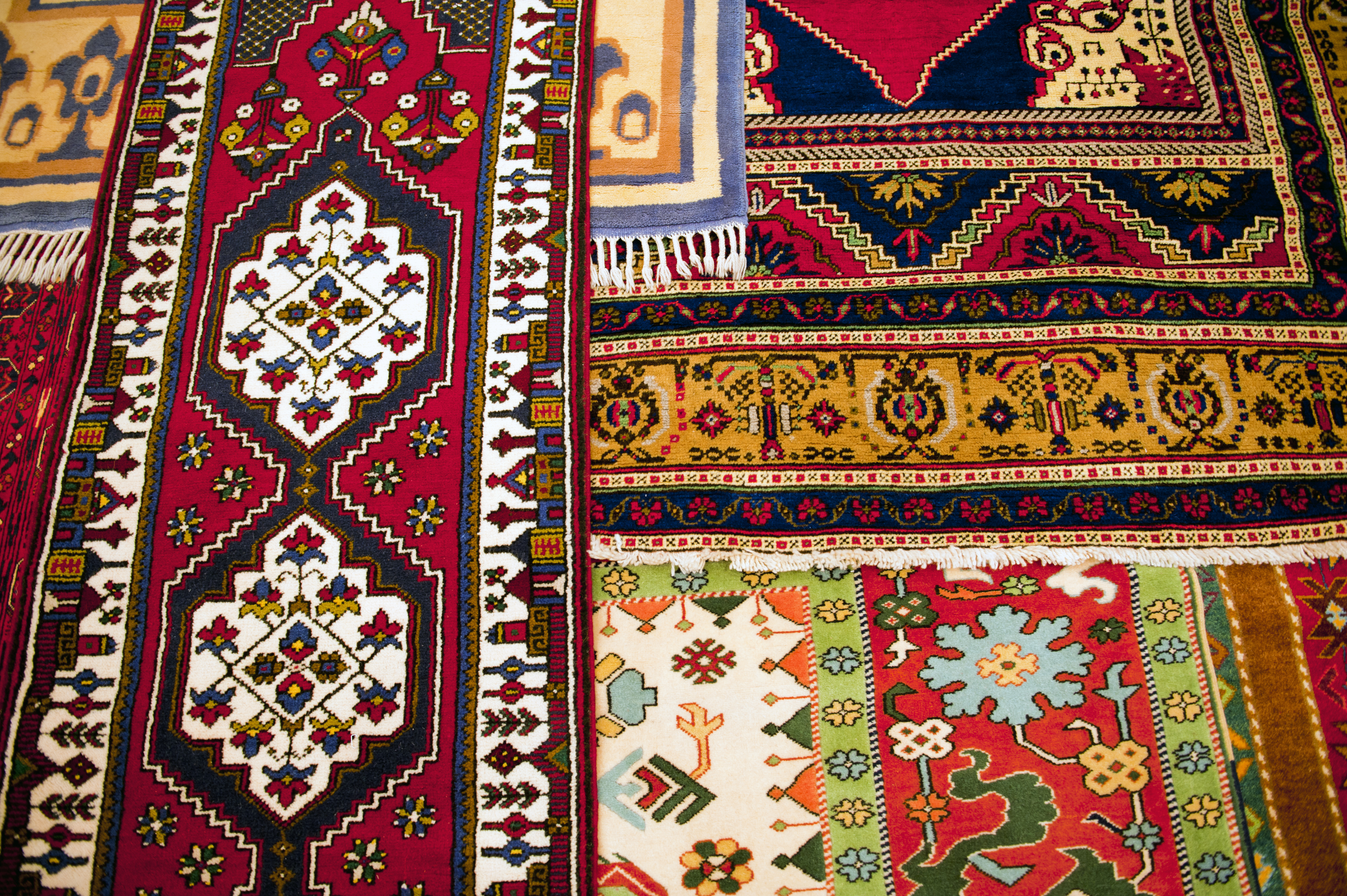
Turkish rugs and carpets sit on the floor to display the different styles from various regions of the country May 5, 2013, in Goreme, Turkey. Religious, cultural, environmental, sociopolitical and socioeconomic conditions have provided artistic inspiration among the people of Turkey in their creations throughout history. (U.S. Air Force photo by Senior Airman Daniel Phelps/Released)
You need to me able to maintain the cleanliness of the space and cluttered, cheap decor will certainly throw off the intended chi of the space. Would the tree-hugging founding-fathers of boho chic want you to display a Buddha statue from Pier 1 that was made in China? Here are some of our favorite authentic, sustainable alternatives to your big box store’s boho decor:
Busy Print Overload
Patterns on patterns on patterns: It creates mental chaos and your eye doesn’t know where to rest. Design is ultimately all about functionality and feeling in control of your space, and you really can’t do that if none of your rooms have a clear focal point. That’s why some of the best examples of boho chic spaces start with a relatively blank canvas: They’re bright white and minimal and pick one or two places to add a busier pattern: maybe the rug and throw pillows, or a ceramic tile on the ground.
DIY: Dip Dyed Throw Pillows from Lori Dennis on Vimeo.
Doesn’t Match Architectural Style of Home or Suit Your Lifestyle
The trendy low-slung furniture and mix-matched floor cushions are a great idea for a one off tea or yoga room or for a first apartment in an urban city, but they’re often impractical for a busy, growing family. We know it can be difficult to reconcile our busy lives outside of our homes with the way we want the inside of our homes to look sometimes, but it will be more work for you to commit to transforming your dining room into a traditional Japanese tea room. There are still ways to integrate the bohemian and global elements of style into your home in a way that serves your lifestyle, usually by limiting it to a themed room, like the patio or bath.
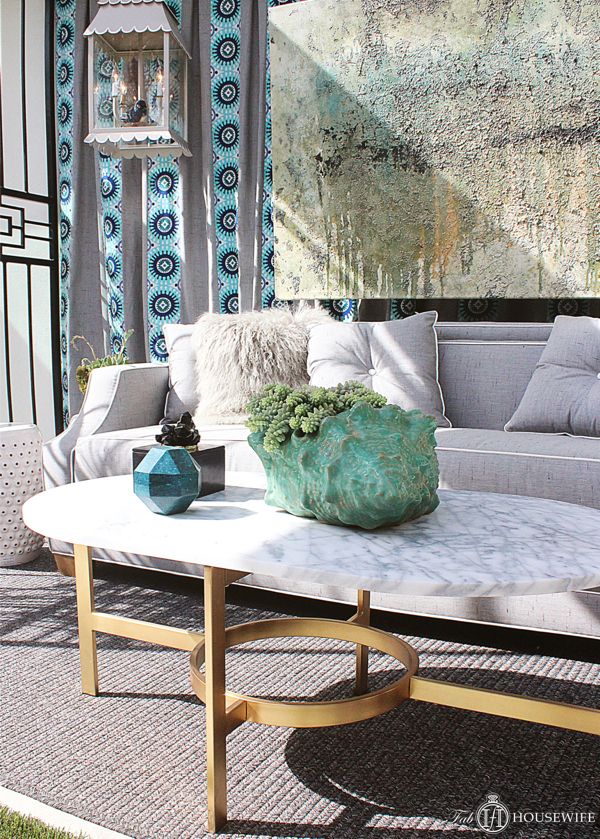
In a recent interview with MegaBuilders Inc. I was asked about what design trend is on its way out, this blog is an elaboration on that answer. You can check out the full interview here.

